It seems like just a few years ago that the only quality wine makers using the screwcap (or Stelvin) were either in New Zealand or named Randall Grahm. They're now practically everywhere as people are finally starting to realize that there may be a better way to seal wine bottles than with 17th century technology. Thankfully the Stelvin seems to be winning out over those horrible plastic corks but several other alternatives are now competing to become the new standard. Let's take look at the major contenders today: the Stelvin as well as the Zork, Vino-Lok and Crown Cap. Since the jury is still out on how well wines can age in these new (and old) fangled devices, we'll be assessing them mainly on their aesthetic appeal.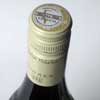
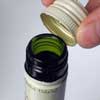
Stelvin
While the cork is 17th century technology, the screwcap is from the 19th century. Patented by Dan Rylands in the UK in 1889 it found its first practical use on whiskey bottles, replacing the corks there as well. In the 1950's the Stelvin cap that we know today was developed in France specifically as a wine bottle closure and is still a registered trademark of French manufacturer Pechiney. Originally used only for the cheapest wines, a stigma developed that has only recently been broken. The Stelvin here seals a 2005 Torres Vina Sol, the kind of clean young refreshing and inexpensive wine you'd expect to find under a screwcap. Stelvins still seem very casual compared with the ritual of the corkscrew so if you want to add a bit of ceremony take a look at this odd movie - Vive La Screwcap - brought to you by Bonny Doon Vineyards. (Note: Vina Sol is the easiest way I know of to try the featherweight and reasonably obscure Paredella grape variety) Overall assessment: Quick, clean, no frills Zork 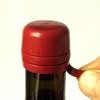
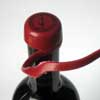

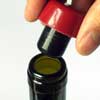
The Zork is a thoroughly modern wine closure. Developed in 2002 in Adelaide, Australia, the Zork is an attempt to retain the rituals of uncorking without the drawbacks of cork. A small plastic sealing ribbon is twisted off and the cap is then pulled out with an audiple “pop.” It seems to be made of the same material other plastic corks but since it's pulled out by hand it won't get stuck to your corkscrew like a big wad of gum. The 2003 d'Arenberg Cadenzia that this Zork seals is also a thoroughly modern creation. Silky smooth but with refreshing acidity, buttery vanilla, blackberries and a smoky BBQ somewhere in the background, it's a virtual meal in a bottle. Wearing a Star Trek outfit during the tasting would have neatly completed the picture. Overall assessment: A good update on the original process of popping a cork. Vino-Lok 
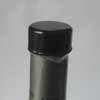

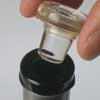
Glass stoppers are actually as old a method as cork for sealing a bottle, but lost out due to practical reasons. To get a tight seal requires a high degree of precision so stoppers had to be custom ground. A perfectly ground stopper could then be impossible to remove making the whole effort futile. The Vino-Lok recently developed by Alcoa brings back this traditional closure with an update: the seal is now formed by a small clear soft ring integral to the stopper. It's easily the most elegant looking closure and like the Zork, there's also a ritual to opening it. A plastic wrapping is removed revealing an aluminum cover which is then twisted off to reveal the shiny glass stopper. The only disappointing part is in the actual dislodging. Instead of a pop, the stopper opens with a fairly disconcerting click. It almost sounds like something broke but when the slight panic recedes, in hand is a very stylish piece of moulded glass. I expected the wine to be equally stylish and clean, but -- irony of ironies -- it had a slight brett infection. The sweaty saddle notes just didn't quite fit. It was if a supermodel had just farted. Worse yet, the 2004 Salomon-Undhof Kremstal Riesling also had a predominant aroma of gooseberries and grass, almost textbook Sauvignon Blanc and less than impressive for an Austrian Riesling. Overall assessment: a very elegant closure even if the wine wasn't. Crown Cap 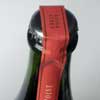

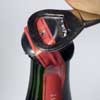
Originally know as the Crown Cork, it was invented by William Painter in Baltimore 1891, 2 years behind the screw cap. Wait a minute that's a bottle cap! Just how cheap can you get? Actually it's the way all Champagne (and traditionally made sparkling wine) bottles are sealed throughout the wine making process. The crown caps are removed during dégorgement (removal of sediment) and replaced with corks, wire muzzles and foil before dispatch. So yes, P. Diddy, your bottle of Krug once donned a crown cap. Yo! It certainly lacks the theatre involved in popping a Champagne cork but ironically makes the whole experience more serious. Read: this is a wine to be consumed and not sprayed in the locker room or Grand Prix winner's circle! No doubt, the 2002 Green Point Vintage Brut Rosé tasted here was certainly in character. Made by Moet and Chandon in Victoria, Australia it's a serious bubbly with a fine mousse and aromas of biscuits , flowers and strawberries. Very dry and very good. Overall Assessment: Interesting, but not fun. Of course you can still saber it off if necessary! Conclusion: 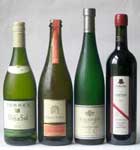 We'll have to wait and see how the different closure types will be accepted. Since it's not the kind of standard like competing DVD encoding technologies that require buying a different player to work, I can imagine we'll start to a lot of different wine enclosures in the next couple of years. I particularly liked the elegance of the Vino-Lok but also found the Zork with the 'ol cork pop still intact very appealing. Poll:
We'll have to wait and see how the different closure types will be accepted. Since it's not the kind of standard like competing DVD encoding technologies that require buying a different player to work, I can imagine we'll start to a lot of different wine enclosures in the next couple of years. I particularly liked the elegance of the Vino-Lok but also found the Zork with the 'ol cork pop still intact very appealing. Poll:
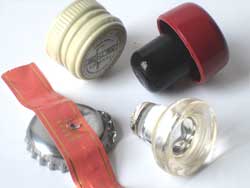

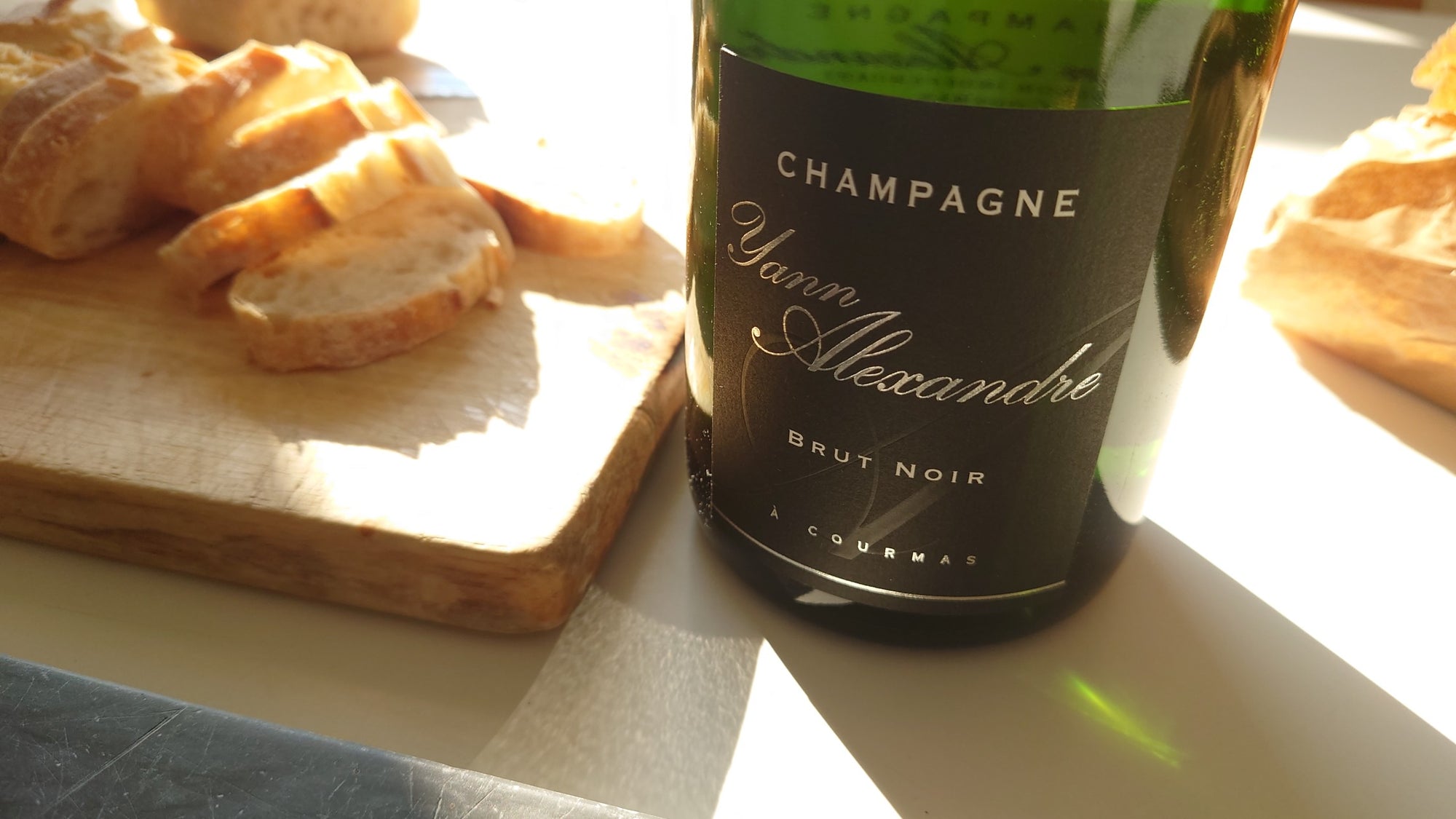
Comments
ahh just looked and saw that the zork wins the day. looks better i guess.
[…] your country in another country, German dude! Anyway, Vino-Lok does look cool but according to De Long Wine Moment wine blog, it makes a sort of “click” sound upon opening rather than that satisfying […]